
Price: €1099 - double sided
€749 - single sided power
Weight: 407 grams per pair
Accuracy: + / - 1%
Q Factor: 53mm
Stack Height: 10.7mm
Battery life: 60 hours
Warranty: 3 years
Look bolstered its pedal range back in March with the release of the X-Track and Keo Power pedals. The regular X-Track off-road pedal range has been on the market for a while now, but this year it's joined by the X Track Power power meter pedal options.
The X Track Power is an SPD-style power meter pedal that is available in single-sided and double-sided power recording versions, with a claimed accuracy of + / - 1% The single-sided version comes in at $759 whilst the dual-sided version, which I have tested comes in at $1,099.
The pedals which are designed and manufactured in France are in Look's words 'for cyclists with exacting standards, looking to get the most out of each training session'. At north of $1,000 per pair, they represent a serious investment for the rider looking for accurate and dependable dual-sided power data. Or let's not forget, the rider who likes them, and can afford them.
There is competition now, and the off road power meter pedal market seems to be growing, bolstering the best gravel bike pedals segment of the market. The Favero Assioma PRO MX-2 pedals come in at less than half the cost of the Look's, the Garmin Rally XC200 are also cheaper. While the SRM X Power dual-sided power pedals are the most expensive on the market (to our knowledge) and edge the Looks by a few hundred dollars.
So there's no bones about it, these are premium power meter pedals. I've been riding with them for several months now off-road to see how they perform and if they are worth the investment. You can already read our Look Keo Blade power pedal review to see how the road-going sister product fared.
Design and Aesthetics
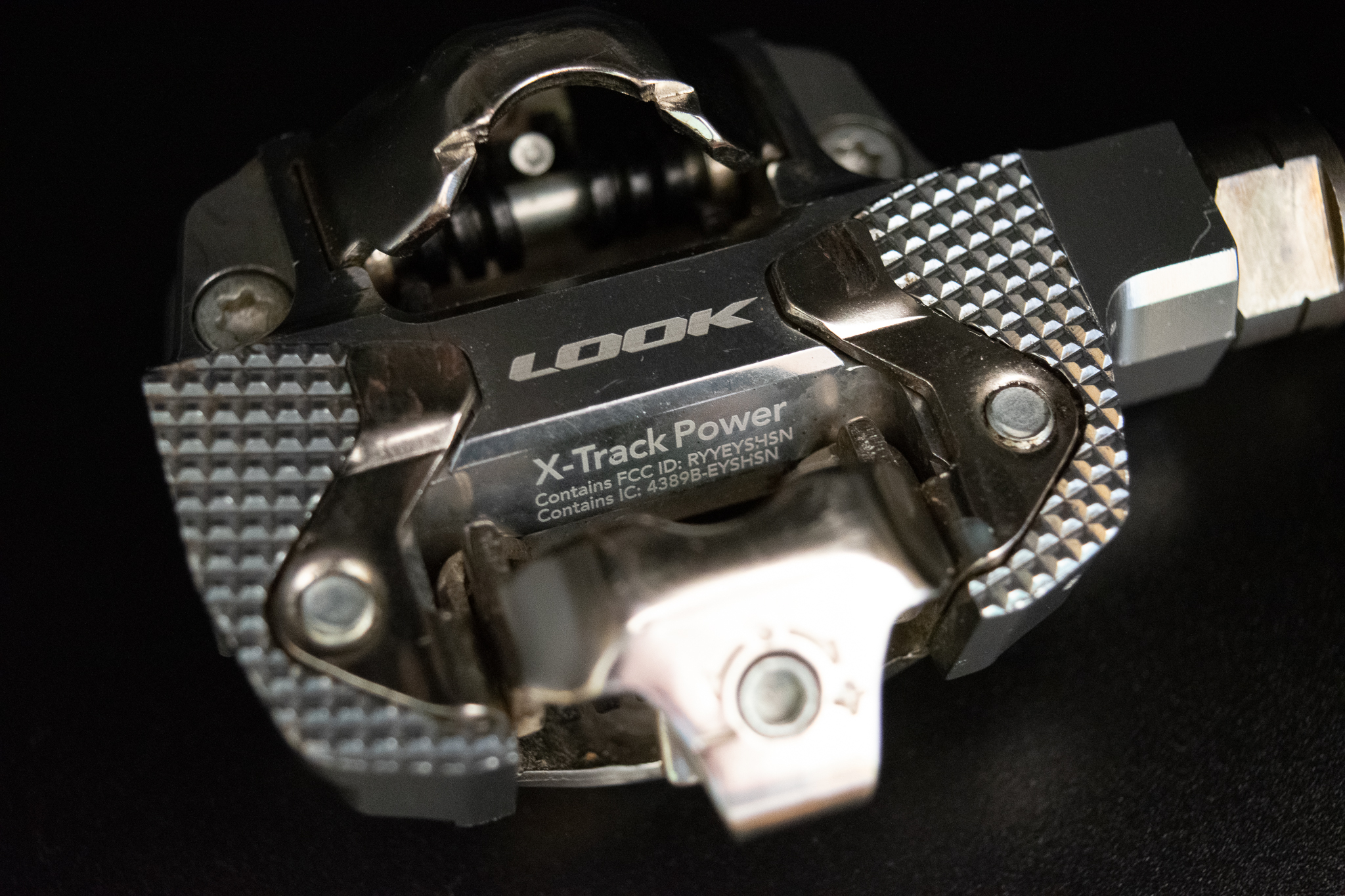
Aesthetics are a consideration for every component as well as performance and as usual, I'll start there. The Look X - Track is a good-looking pair of pedals, which is just as well at $1,000 for the dual-sided option. The pedal body is aluminium, the axle is steel whilst the platform material (the bit in contact with your cleats) is stainless steel. The pedals feel comfortingly weighty and solid in hand.
The X-Track pedals feel high-end and techy, you can see the machining marks when looking closely at the alloy bodies, which I like. There's a knurling-like diamond pattern which is fairly aesthetic in my opinion and the stainless steel cleat engagement jaws are attached with a pair of T20 Torx bolts on each side of the dual-sided pedal. The axle itself is a copper/bronze colour and also creates a techy contrast against the silver. Altogether, it's a nice looking package that's still looking good now even though my cleats have marked the platforms, which is going to happen to any SPD-style pedals. I have to say I've felt slightly nervous riding off-road at times, pedal strikes and general wear and tear have made me a bit nervous when the pedals cost this much, but all has been well.
The pedals arrive in a very user-friendly, recyclable cardboard box that slides open. Aluminium parts of the pedals are also made from recycled material. There's a set of Look metal SPD style cleats included (Shimano SPD cleats can also be used), a USB-C magnetic charging cable, a user setup card and that's it. Some products in this price bracket would have ten times the packaging and I like the simple, and recyclable presentation and setup.
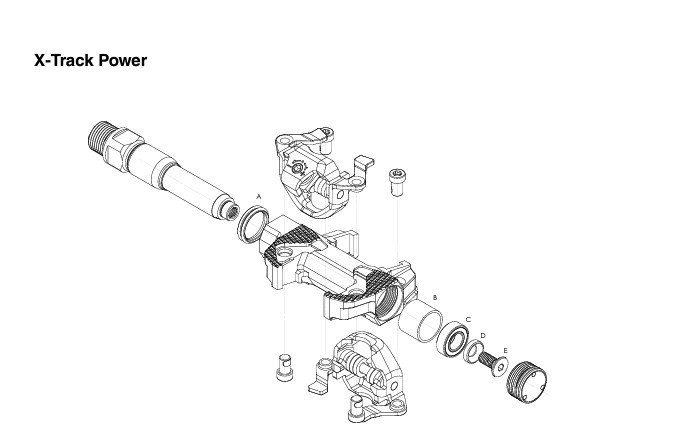
The battery and electrical power recoding componentry of each pedal is all housed in the axle itself and is auto-calibrating and accurate to a claimed + / - 1%, though you can manually calibrate the pedals in the Look app as well. The pedals charge via a magnetic connector at the end of each axle and use a USB-C cable. Look rolled out an app to use with the pedals to take care of pairing and system management. You can also register your pedals in the app to begin the three-year warranty period.
The pedals have an IPX7 waterproof rating, though the manual does recommend you don't submerge them or pressure wash them, so be mindful of this if you're really off-roading or washing your bike regularly. I certainly view them differently from my years-old regular SPD pedals. These are high-end power meter pedals. The electronics are in the axles which are protected by rubber seals. Keeping the heavy washing and spraying to a minimum is only going to stand you in good stand and help look after them.
The pedals enable users to capture a range of power metrics that can be recorded via one of the best bike computers. This includes; power (average and max), normalized power, power zone monitoring, cadence and of course right / left leg balance. They're also capable of measuring torque effectiveness and torque smoothness.
The power axles themselves are listed as spare parts on the Look website and are compatible with X Track and Keo Power pedals, so you can purchase pedal bodies and swap between road and off-road pedals for an additional outlay. The website does now state the axles are no longer available online though. I assume this is now an in-store purchase only. The power axles aren't compatible with standard Keo and X Track pedals, so there's no conversion option possible there.
Bearing replacement kits and the pedal end cap removal tool are all available online. For the cost of these pedals I'd expect to see the service tools included for owners. I can't however find any service manuals online, so perhaps Look is keen on customers having service work done by Look dealers or back at the factory.
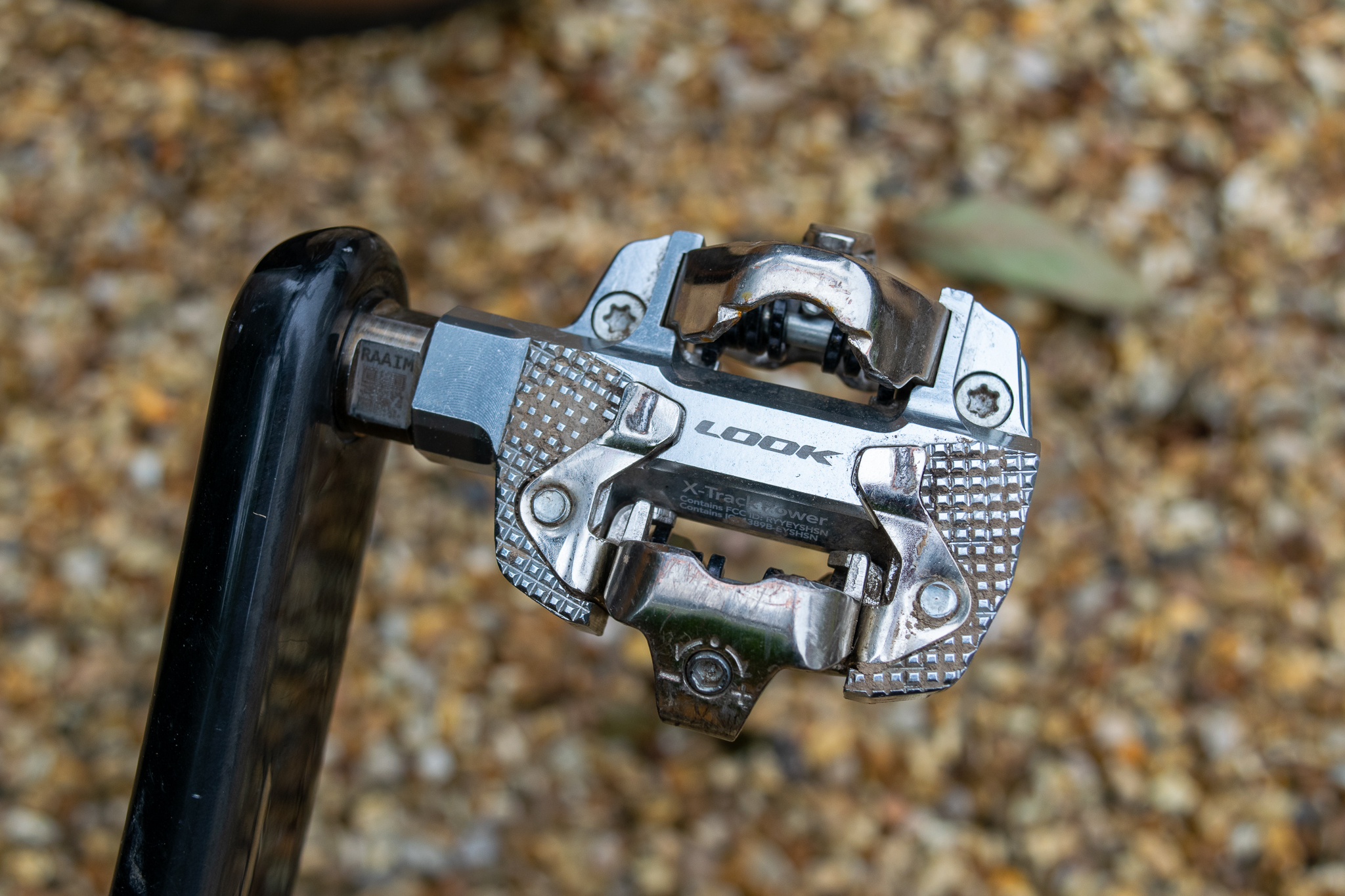
Setup
Pedal setup is very simple and easy to do, it took me minutes. The pedals are installed with a 15mm spanner and the online manual does recommend a tightening torque of 30-40Nm to ensure max accuracy. The brand also states below 30Nm of tightening torque will lead to reduced pedal accuracy. This will mean using a 15mm open-ended crowfoot wrench, which I purchased myself to follow the correct specs. If you have invested in the pedals I would say it is worth following the manufacturer's recommendations to the letter. A bike shop may be able to do this for you, but it's only a cheap tool if you need one and you'll be doing things to spec then.
Another point I feel it is important to mention is that the only way to differentiate the left and right-hand pedals is by a line machined into the spanner flats on the left-hand pedal.
A mix-up here when installing pedals could be a costly mistake which could result in ruined crank arm threads and damage to the pedals at worst. I have been careful to make sure I look for this mark when installing. My top tip if you think you may forget this, as double-sided pedals aren't as easy to differentiate as a pair of road pedals is to use a sharpie and add an 'L' to the left-hand pedal axle to help you remember, something I did for a recent press trip when I knew someone else would be installing my pedals.
Setup is very easy, and not something to be daunted by at all. Give the pedals a full charge, and attach them to the bike, ideally torquing them to spec. You can then download the free Look app to pair your pedals and from there, you can calibrate them, enter your chainset dimensions such as crank arm length etc and carry out updates. The only other job to do is to pair the pedals to your chosen cycle computer. That's it, ready to ride in minutes.
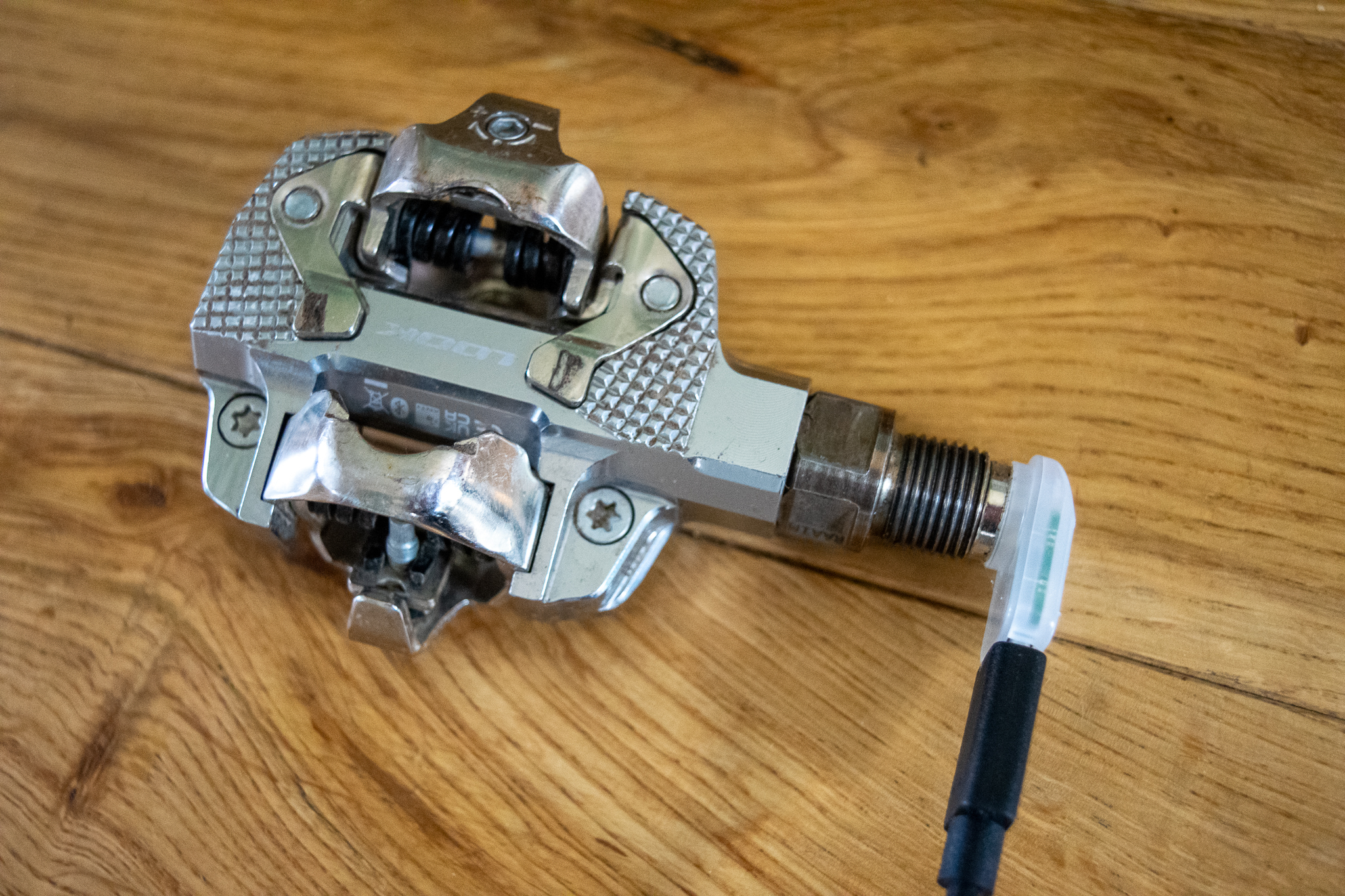
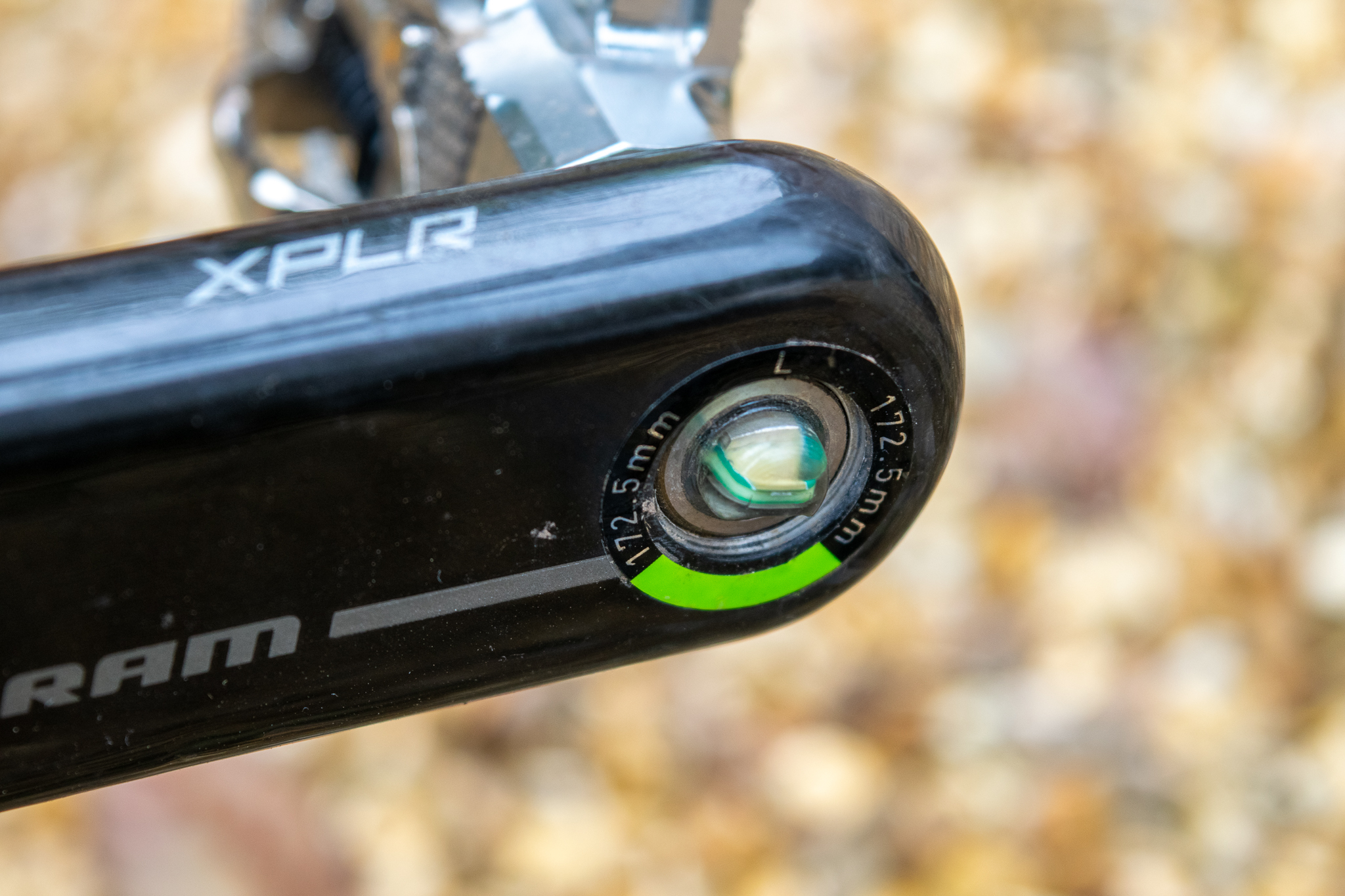
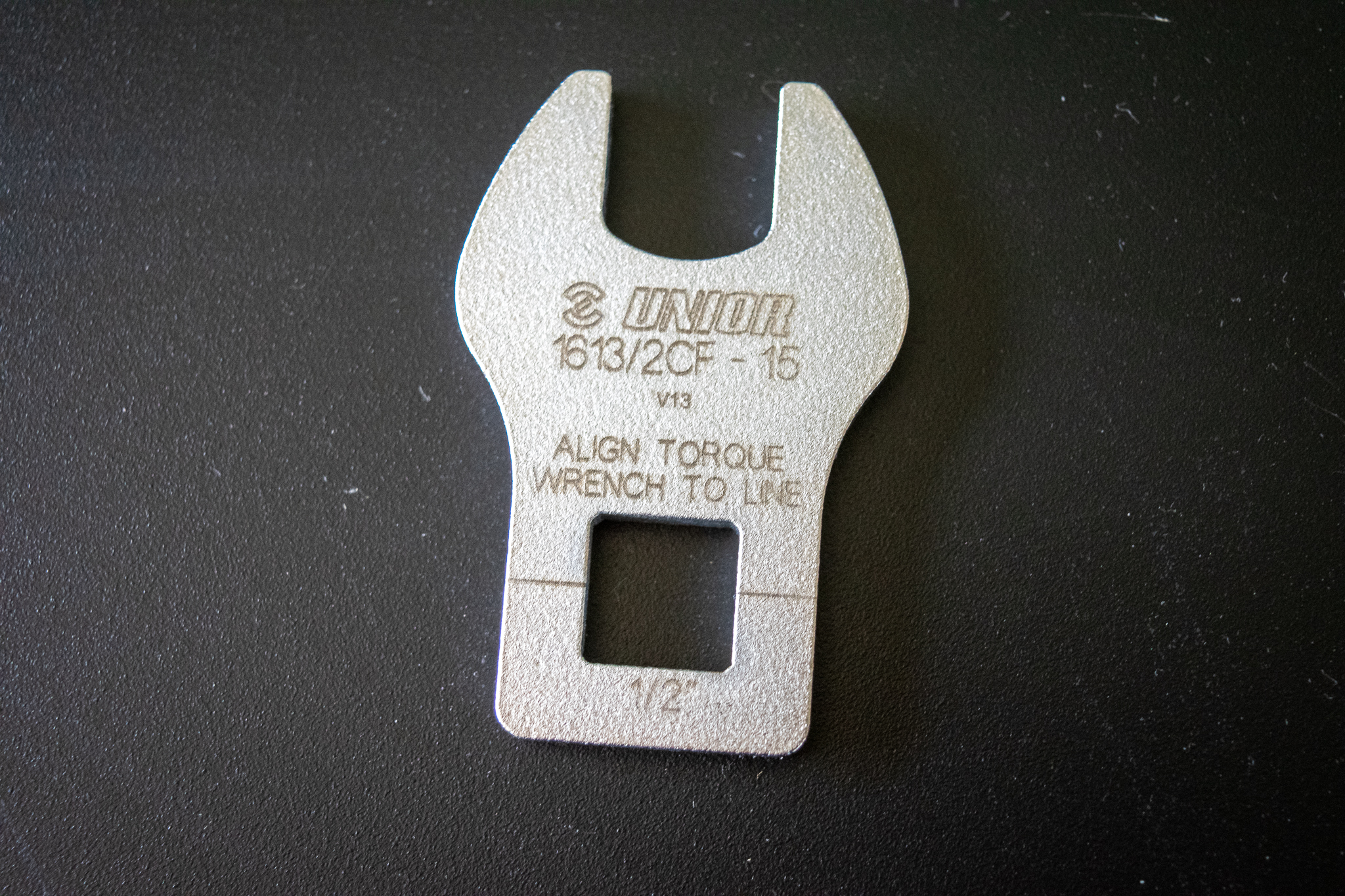

Performance
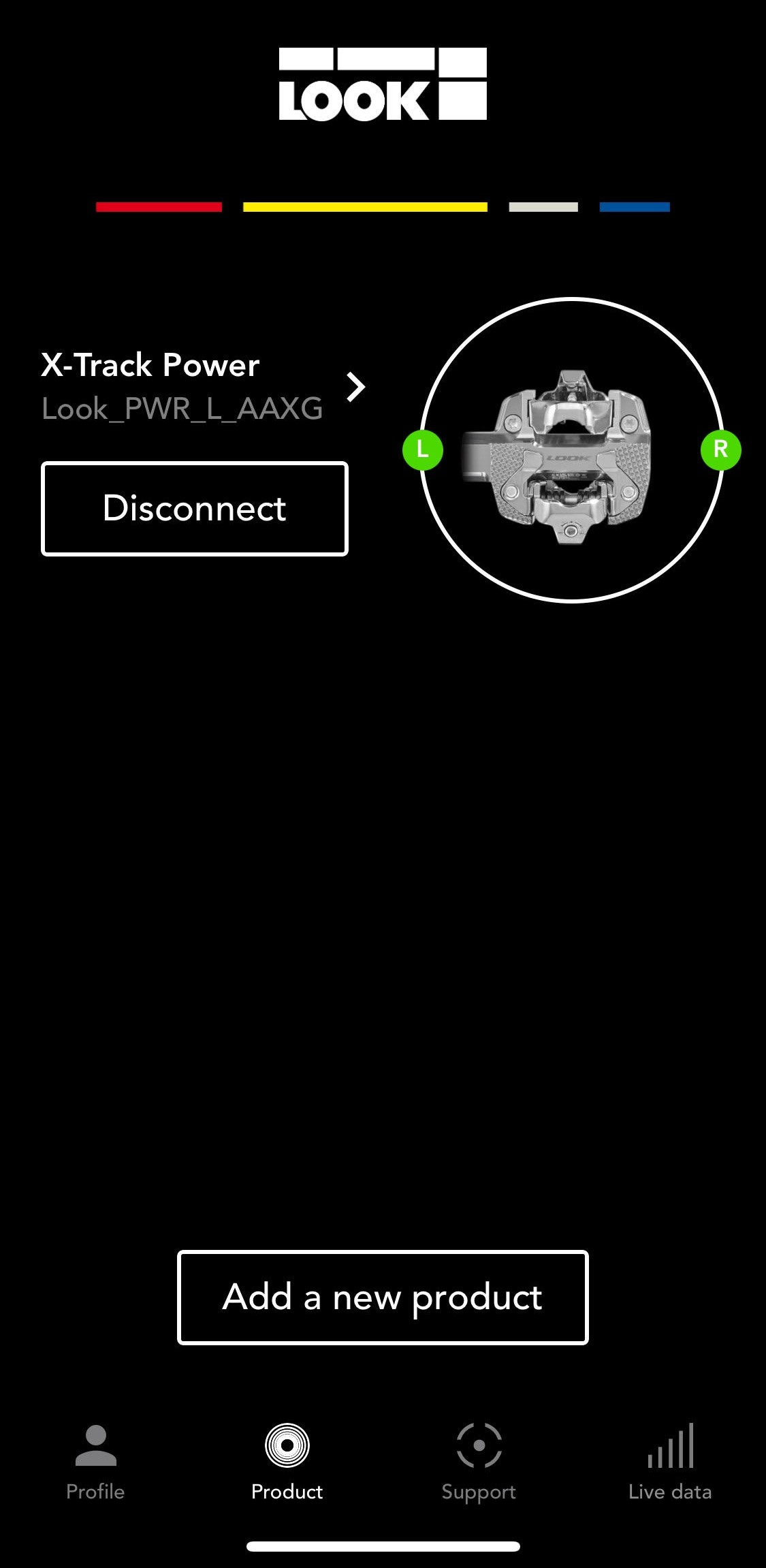


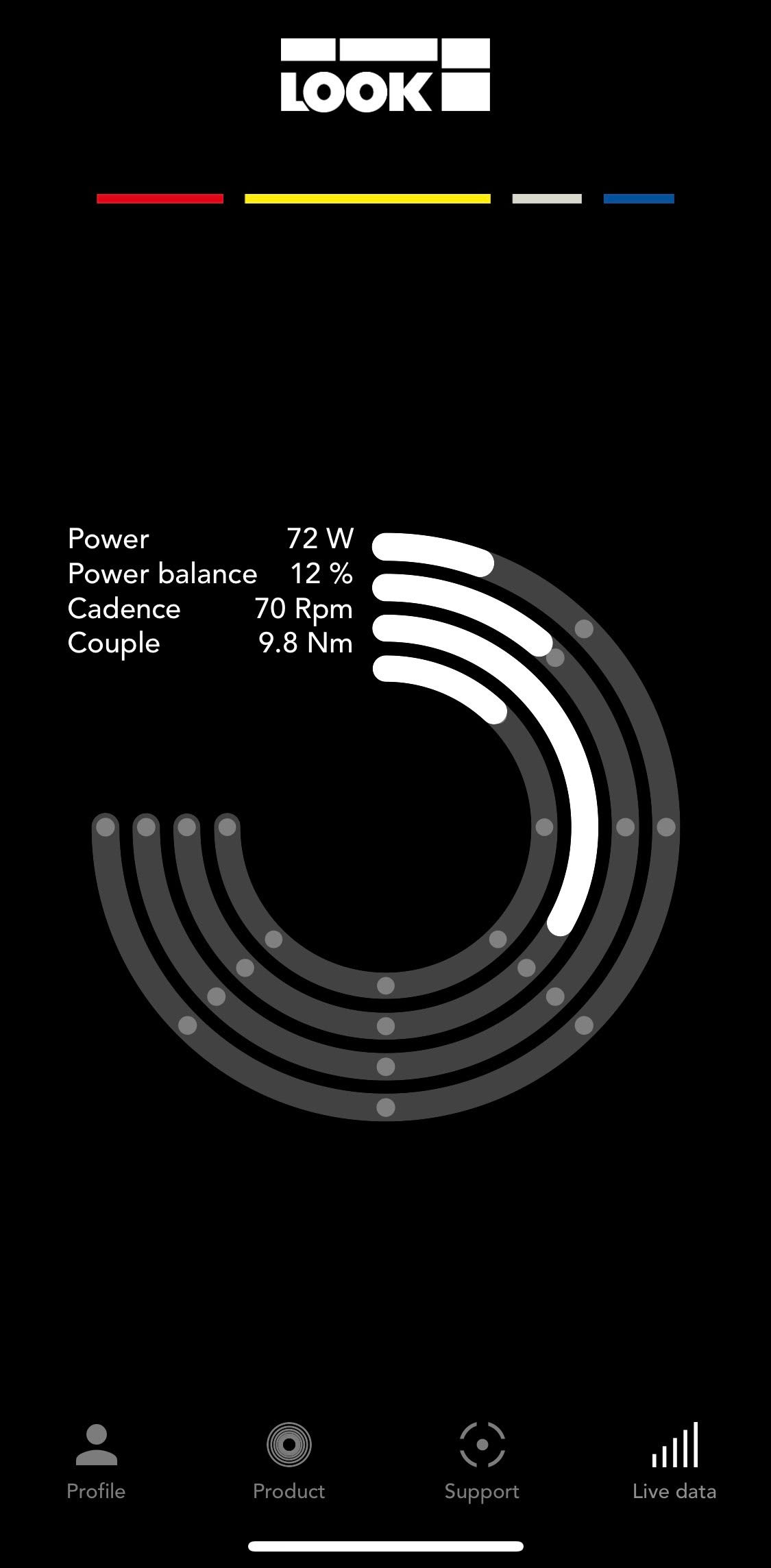
As just a pair of pedals, the X-Track pedals have been solid for me and haven't missed a beat. I've used them on different bikes across a range of terrain and took them to Spain for the launch of the Ridley E-Grifn for some dusty gravel riding. They also still look pretty much brand new after months of riding and retain their shiny finish.
Clipping in and out is positive and pedal spring tension can easily be adjusted. The pedals have been quiet and problem-free. One thing I did query with Look is a fraction of play I can feel in each pedal body when rocking them vertically. This is a very small amount of play, and Look told me a minimal amount of movement is normal in the pedals to prevent excessive friction, the pedals do spin beautifully for what it's worth. This movement hasn't increased over my test period, but I will continue to monitor it.
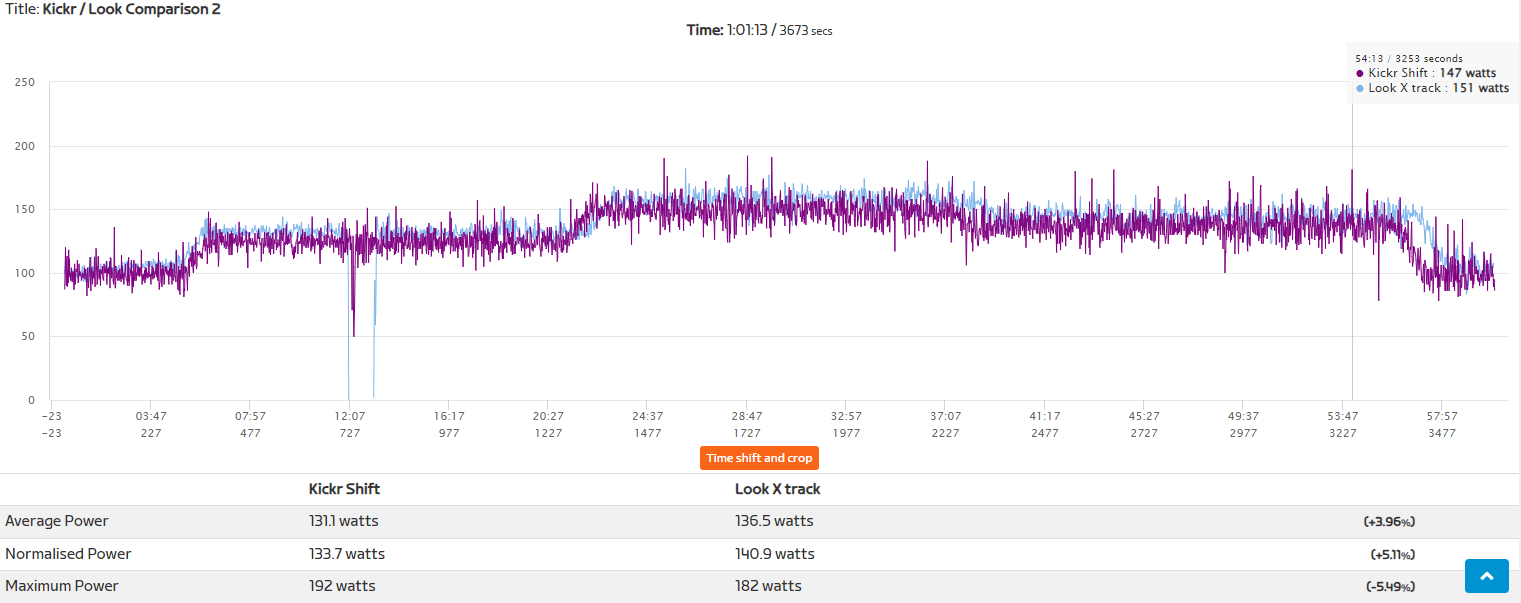
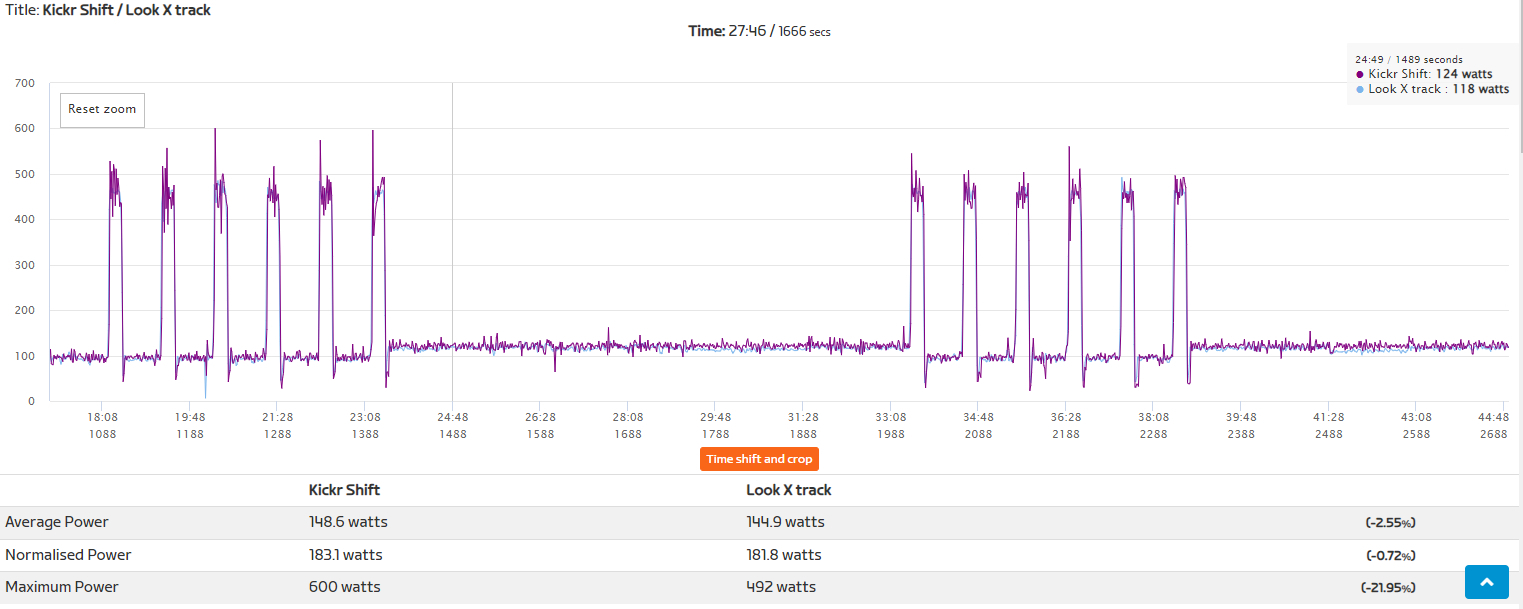

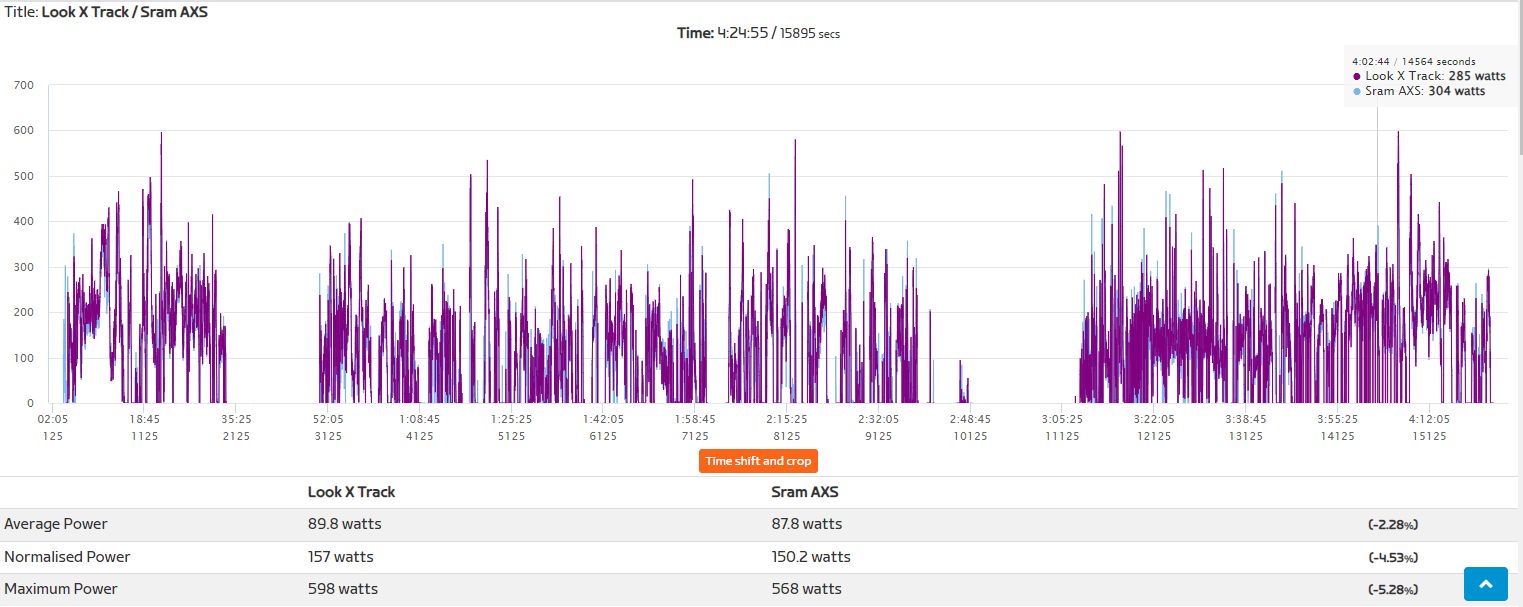

I've compared the X Track's against the Wahoo Kickr Shift smart bike, Zwift Hub One smart trainer and on a gravel bike against the Sram Red AXS XPLR power meter chainset. I've shown some steadier state and spikier indoor intervals above as well as a capture from my semi-regular Wednesday evening gravel ride which was around 3 hours long.
Indoor tests are a good starting point and average and normalised power on both the Kickr Shift and Zwift Hub One trainer were both within 1% of each other for a couple of workouts.
Another test was a stop-start, very bumpy in places three three-hour gravel ride. The average recorded power for this ride was 89.8 watts for the Look X Tracks and 87.8 watts for the Red XPLR power meter chainset which was a 2.28% difference. Max power difference was a little bigger at 5.28%. But there was nothing to really prick my ears up at and the power meters matched each other well. I understand different power meter algorithms will work in different ways so some discrepancies can be expected, but overall things were accurate compared to more than one power meter.
Verdict

After several months of testing I haven't had any issues from the Look X Track's and power recording has been consistent and accurate enough for me. They seem very well made and I like the aesthetics and overall design. They also still look pretty much brand new.
Setting the pedals up was very simple, as was using the Look app for pairing and calibrations. I also like the unfussy packaging. It would be nice to get pedal service tools included for the price at least for the dual-sided pedals. This is a system you will be investing into and hopefully caring for and using for years, although perhaps Look is confident this won't be much of an issue.
There is no escaping the price, these pedals, are very expensive at just over €1,000. I can't help but think that it's likely plenty of riders will plump for more competitively priced pedals or power meter cranks instead.







